IR35 was designed by HMRC to help combat tax avoidance by both employees and employers. During the mini-budget announced by the Government last month, further changes to its rules were revealed, which have since been axed by new chancellor, Jeremy Hunt. Let’s take a look at what these are.*
What is IR35, and who does it impact?
IR35, otherwise known as the ‘off-payroll tax’, is the set of rules that define your employment status as a contractor. This means that it also determines how much tax you pay.
The rules were introduced to tackle what is called ‘disguised employment’ where people who could be employees ‘disguise’ themselves as self-employed to avoid tax by paying lower corporation tax rates. IR35 is therefore in place to make sure a contractor is someone who’s genuinely self-employed.
As a ‘disguised employee’ the contractor gets paid through their limited company, meaning they get a more generous tax-rate, while the end-client avoids paying Employer NICs and providing rights and benefits.
Under current rules which came into effect on 6 April 2021, the employer is responsible for determining the IR35 status of a contractor, and whether you’re ‘inside’ or ‘outside’ IR35 (see below), in both the private and public sector.
How do I know if I’m inside or outside IR35?
According to SimplyBusiness, being inside IR35 means your contract falls in the off-payroll working rules and HMRC sees you as an employee for tax purposes. This means you must pay tax and National Insurance contributions (NICs) in the same way as a PAYE (Pay As You Earn) employee.
Being inside IR35 means you:
Are classed as an employee for tax purposes
Will need to pay income tax and NICs
Have to make a ‘deemed payment’ at the end of the tax year
Being outside IR35, however, means HMRC sees you as self-employed, and so your tax contributions are different. If your contract lies outside of IR35, you are not required to pay NICs or income tax, and can operate through a limited company for greater tax efficiency.
Being outside IR35 means you:
Are self-employed and operate as a registered business
Are responsible for your business’s taxes
You can use the Government�’s online IR35 Test to check your employment status for tax, and help you decide whether the IR35 rules apply to a contract.
Is anything changing in April 2023?
Before 2017, it was the responsibility of the contractors to determine their employment status for tax purposes. Since April 2021, both public and private sector businesses have been responsible for deciding the status of the contractors they employ.
Last month, the government announced it was going to repeal these changes. However, the new chancellor, Jeremey Hunt, did a U-turn on that plan. This means that employers are still responsible for assessing contractors’ IR35 status in line with the original intermediaries legislation that has been in place since 2000.
Where can you find more information about the changes?
Further guidance is expected from HMRC as they seek to provide clarity on the rules. However, as a contractor it’s a good idea to keep updated with the changes to the legislation.
Gorilla Accounting
You can find out more about Gorilla Accounting on their website, Twitter, Facebook and Instagram.
* Correct as of 17 October 2022






